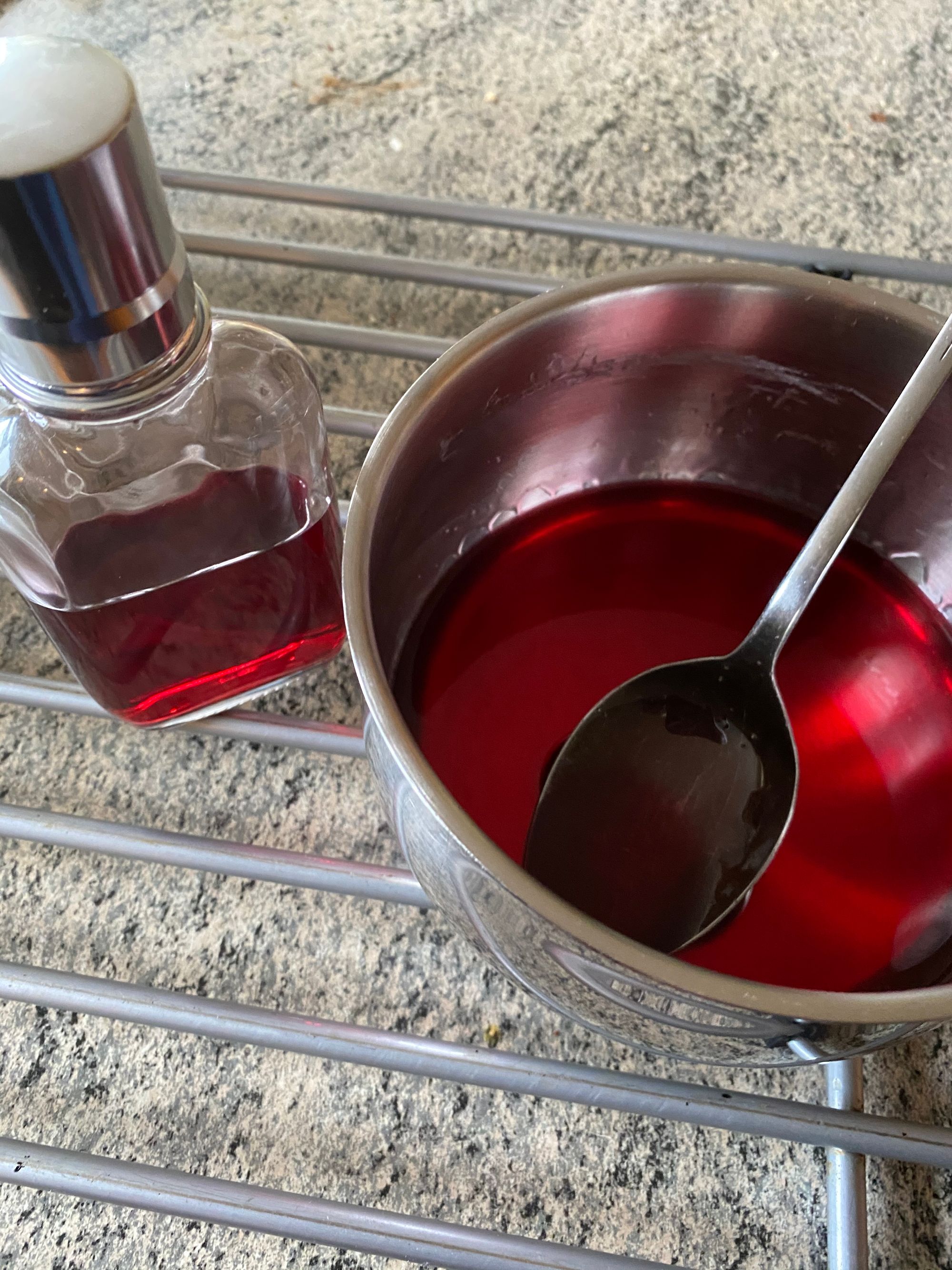In “The Rose of Florence”, one of the most dependable characters is Eleonora, the household cook. She has skills that I can only dream of, and her reputation as a domestic cook in Florence is second to none. Of all my characters, she is probably the one that I would wish to emulate. I love to cook, but her skills far outshine my own in the kitchen.
One of the most interesting areas of research that I conducted for the book is into the food of the time. There is so much information about Renaissance cooking and eating habits. In fact, I became so absorbed in the subject that I had to pull myself back on more than one occasion. I also had to make sure that I didn’t write pages and pages describing the food that was served at the Palazzo Rosini, especially if I was writing before lunch!
It's worth stopping to pay attention to one Eleonora’s specialities, however. The Zuccotto. Many of us are very familiar with some Italian desserts, like tiramisu (literally, Pick Me Up) and zuppa inglese, but I had never before come across the zuccotto.
I have to admit that I used a little bit of literary licence here. It originated in Florence, but not until the 16th century, when Bernardo Buontalenti served it at a banquet for Caterina de’ Medici. As an aside, it’s worth mentioning that Signor Buontalenti was truly a Renaissance man. He was an artist, engineer and architect, but is also credited with creating a method of storing ice. He even invented the recipe for the first gelato, or ice cream. Grazie, signor!
Although the zuccotto was not historically in existence during the time of our story, I feel sure that Eleanora would have made the recipe her own, perfecting it in every way. So, what is it? It’s a chilled dessert (or in Italian, semifreddo) in the shape of a dome, likely to be in honour of the great cupola of Florence’s cathedral, Santa Maria del Fiore. The dome-shaped mold is lined with sponge cake, soaked in alchermes liqueuer, a red liqueur flavoured with cinnamon, vanilla, cloves and nutmeg.

Inside, the cake would be filled with fruit, nuts and chocolate syrup, although in modern times, you will more likely find it filled with ricotta and cream. Like many historical recipes, you can find many variations on the theme, and I urge you to try it. Make sure you have a slice at the ready when Eleonora serves hers to an appreciative audience!

